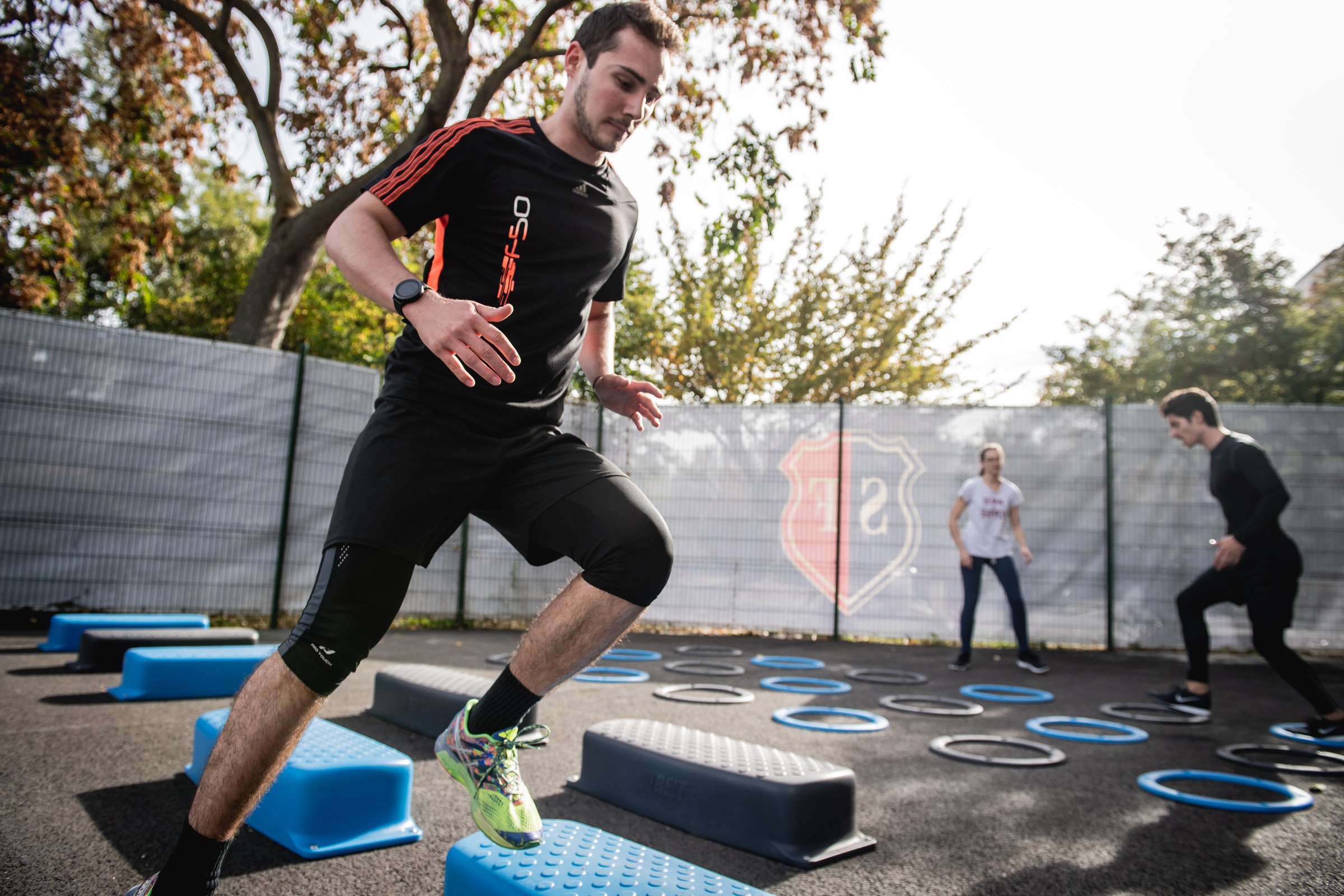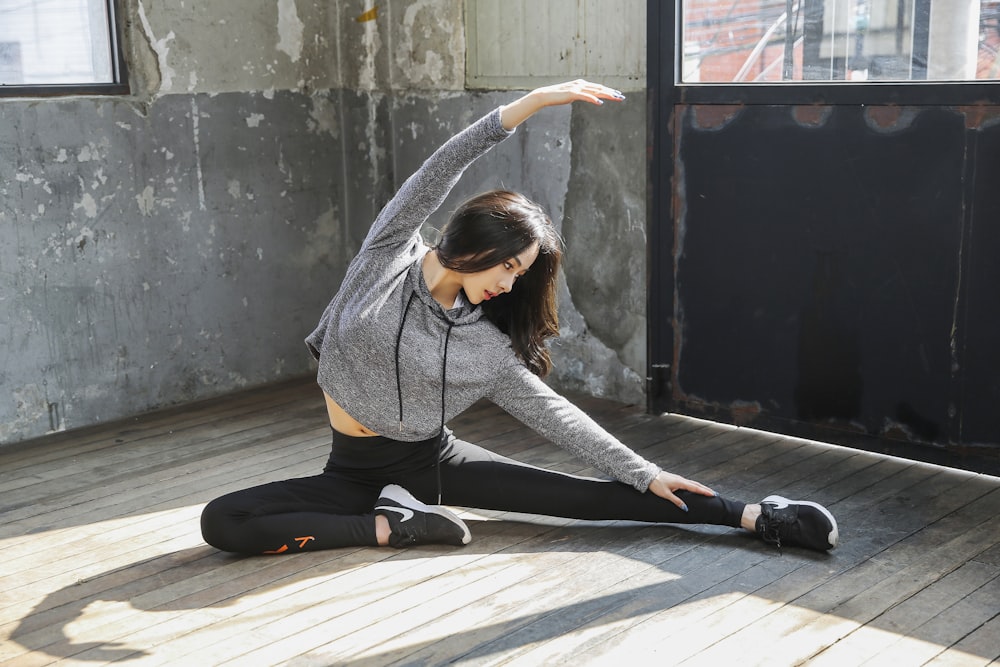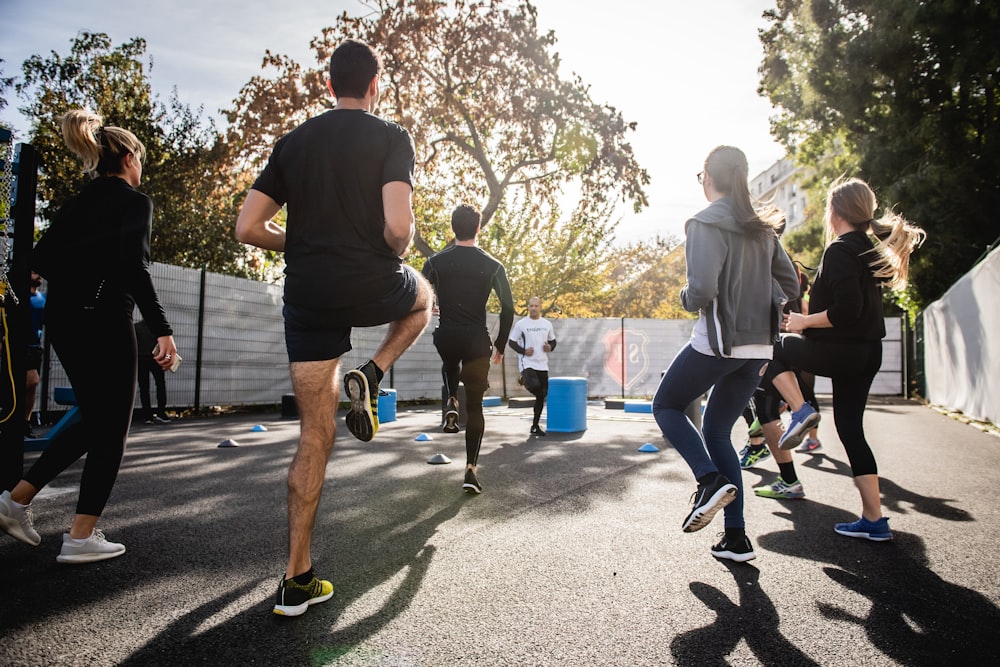With hardly enough time to change clothing, 95 per cent of gym and fitness room visitors move to what they consider is the most productive phase of the workout: working with apparatus and simulations. Don’t make the same mistake they did! People who skip a pre-workout warm-up don’t often realise how crucial it is. This separate set of unique exercises mobilises the body in preparation for impending stresses, warms up the muscles, and carefully prepares the ligamentous-articular system of the athlete.
The Warm-up Does The Following:
stretching muscles and tendons to avoid damage; toning the cardiovascular system in order to quickly fill the muscles involved in the exercises.
- Heart rate rises gradually up to 100 beats per minute.
- putting yourself in a good mood for the forthcoming workout
- Simply expressed, the warm-up determines the outcome of the workout and the lack of negative repercussions such as muscular discomfort following physical activity and damage.
Now that we’ve established the importance of a pre-workout warm-up, let’s look at how to do it properly for the best results.
How Do You Warm Up Before A Workout?
In nature, there is no perfect warm-up routine that can be used for all reasons. It must be in accordance with your unique physiological characteristics, as well as your physique and level of joint mobility. In addition, the warm-up complex should aid in the completion of the task of the assigned sports, such as working out a specific muscle group.
The following aspects can be said to make up the warm-up conditionally:
- overall warm-up, which ensures that the body is functionally prepared for the upcoming instruction;
- Stretching is a type of exercise that involves the gradual, controlled execution of a series of actions once the muscles have been warmed up.
- a special warm-up performed before resistance training;
- hitch – a set of motions that completes an exercise and let the body cool down after being stimulated by loads.
Warm-up Exercises In General
This is a typical warm-up before training that takes no more than 10-15 minutes: jumping rope, light running, and rotational motions to promote ligamentous-articular system flexibility are all good options.
Stretching
Many new (and not so new) athletes conflate the terms “warm-up” and “stretching,” assuming they interchangeable. Meanwhile, these are two very distinct approaches to prepping the body for upcoming exercise loads. Stretching is defined as the stretching of muscular and fascial tissues after a warm-up, i.e. after the muscles have warmed up.
Warm-up Routine
Before each exercise in the training regimen, it is performed with minimum working weights, usually no more than 10 repetitions. It is thought that following such a warm-up, the body “remembers” how to perform this exercise correctly.
Hitch
After your workout, don’t forget to cool down. This is the last phase of the workout. It consists of a series of calming activities that should last no more than 5-10 minutes. This is usually either slow stretching in several directions or a smooth run followed by a transition to walking. Cooling down helps to speed up the removal of lactic acid from the muscles and to restore blood flow after exercise.
What Is The Definition Of A Joint Warm-up?
There’s a term for it: “joint warmup”. It is especially useful for athletes who are subjected to high levels of stress, such as gymnasts and bodybuilders. Joints that have been properly prepared for training are safer in terms of potential injuries.
Lateral bodily tilts, movement of the elbow, forearm, and wrists movements (upper limbs), movement of the knees, ankle, & upper limbs (lowest limbs), and bending, trying to bend, and rotating of the backbone are all part of the articulation warm-up complicated.





